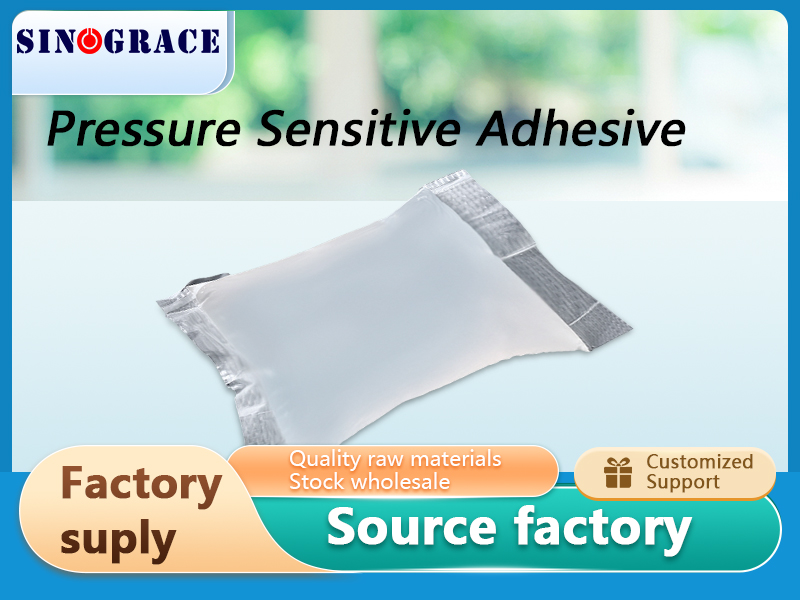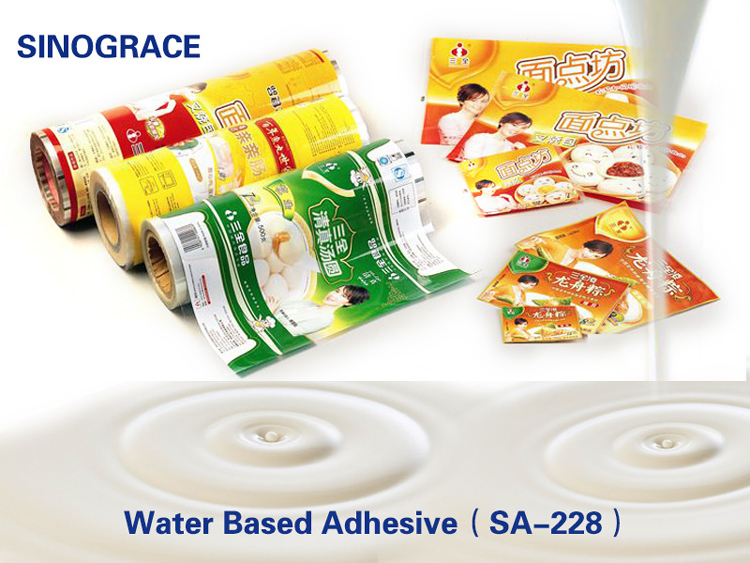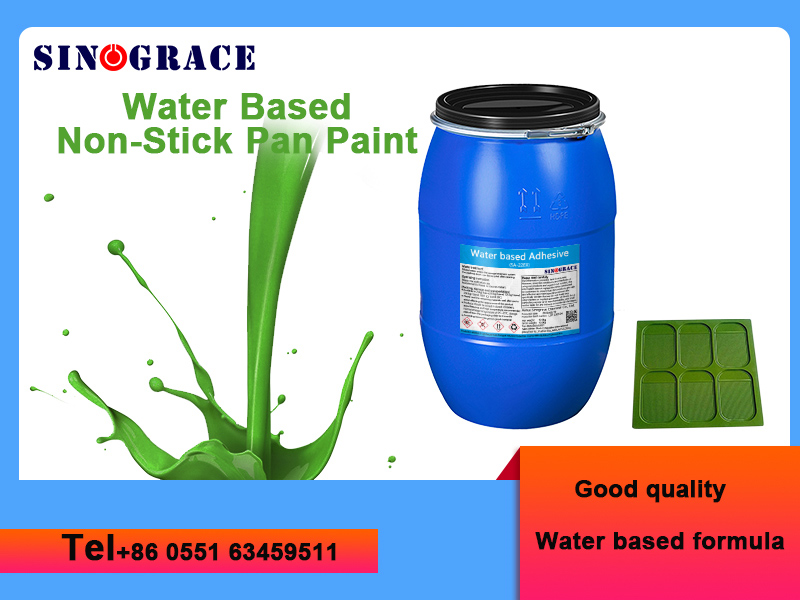Mold Teflon coating Non-stick water based paint
First: Teflon coating introduction Industrial Teflon coating is suitable for plastic rubber mold, ball mold, glove mold, latex mold, roller, conveyor belt, mechanical parts and other surface treatment, containing "FEP" and "PTFE" polytetrafluoroethylene ingredients with high-performance resin, divided into the bottom coating and surface coating a total of two layers, has the best anti-corrosion, heat resistance and non-stick, almost inert to all chemicals, It is widely used in the field of non-stick and anti-corrosion. 1.Teflon coating: mainly fluorocarbon polymer as raw material, has a number of advantages: (1)Non-adhesion (2) low friction (3) corrosion resistance (4) high temperature resistance (5) high insulation (6) non-stick wet Application: Mold (rubber mold, shoe mold, ball mold, foam, PU rubber mold, etc.), auto parts, textile roller, electronic parts, machinery, chemical industry, paper making, industrial hanging tools, etc 2.The advantages of the mold: (1)Easy demoulding, avoid the mold sticking glue; (2)No release agent is needed to avoid affecting the paste effect and polluting the environment; (3)Reduce the color mixing phenomenon of multi-color rubber bottom; (4)Greatly reduce the waste rate; (5)Coating life can be as long as 50000-100000 times. Second: Teflon coating spraying process A: The processing of material First, the material (aluminum or stainless steel) with (360 ° C ×30 minutes ~380 ° C ×10 minutes) air burning or solvent cleaning for the first step of degreased, the second step for surface roughness, available corundum sand 100#~120#, pressure 0.4~0.6mpa, sandblasting, roughness :(2.0~3.5)μm B.Spraying of base oil coating Before using the bottom oil, it must be fully rolled evenly or stirred evenly slowly with the stirring blade (can not be used to shear the blade high-speed stirring, otherwise it will destroy the paint structure, so that the paint glue deterioration), the processed material (must be clean, dry, without any grease, pollution, strictly prohibited to touch the sand surface by hand, otherwise it will seriously affect the adhesion, and even lead to peeling) flat, (1.0 ~ 1.5) mm Ф gun pressure transferred to the distance (0.2 ~ 0.3 mpa (20 ~ 30 cm, concentrate spray directly, use (100 ~ 120 ℃) x (5 ~ 8) minutes, table dry film thickness for 10 ~ 15 microns C.surface oil coating spray The same surface oil must be fully rolled or stirred slowly with stirring blades before use, After cooling the workpiece coated with bottom oil to normal temperature, the construction of surface oil can be carried out (the surface should be absolutely clean, not contaminated by any pollution) with (1.0~1.5)mmФ spray gun nozzle, the pressure is adjusted to (0.2~0.3)mpa, the distance is (20~30)cm, the direct stock solution spray, The film was first dried at (120-150) ° C ×(5-8) minutes and then sintered at 380 ° C ×10 minutes. The total film coating after sintering was (20-25)μm. (Inadequate sintering will affect the adhesion, the ...
read more

 English
English français
français русский
русский español
español العربية
العربية







